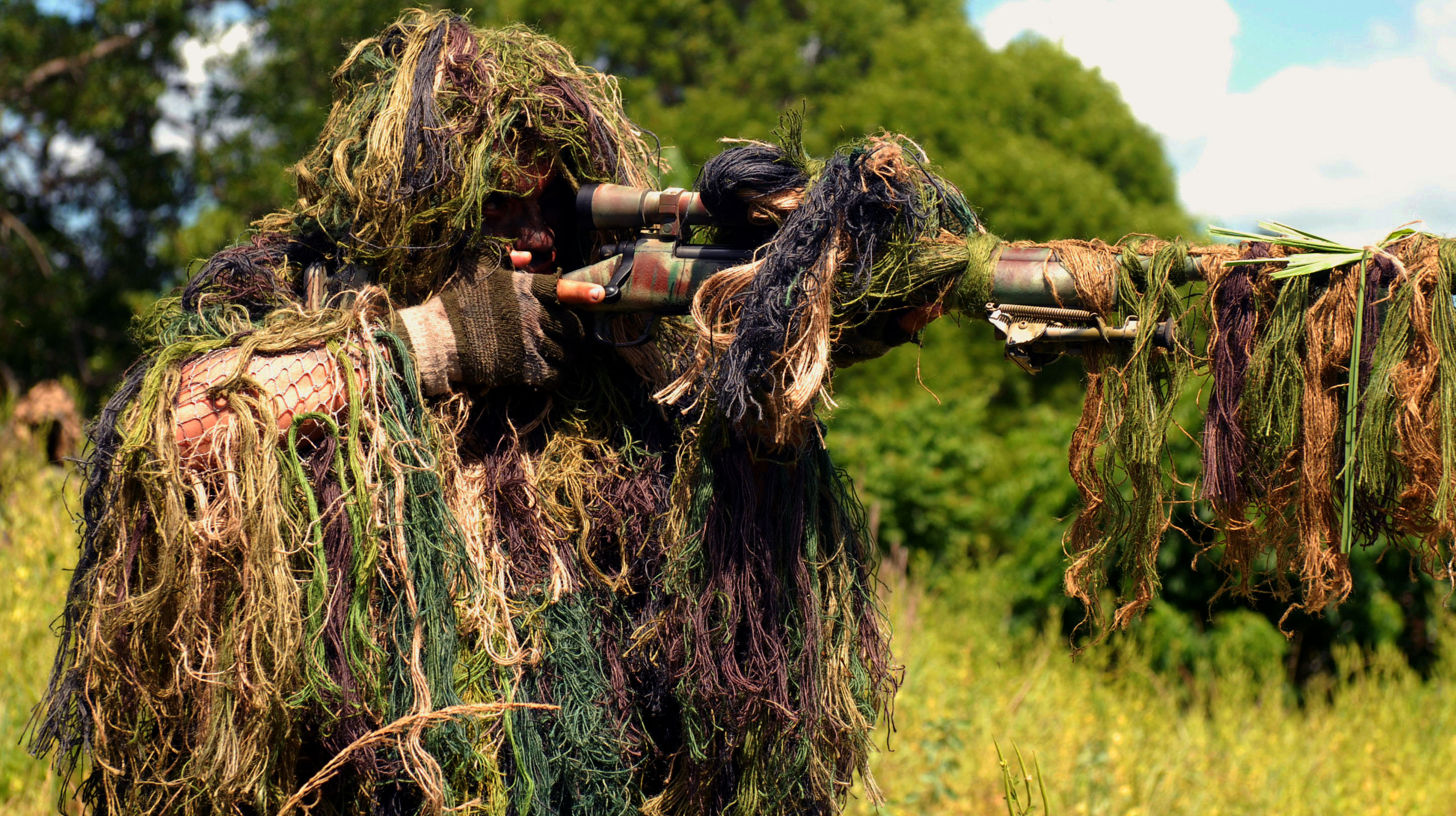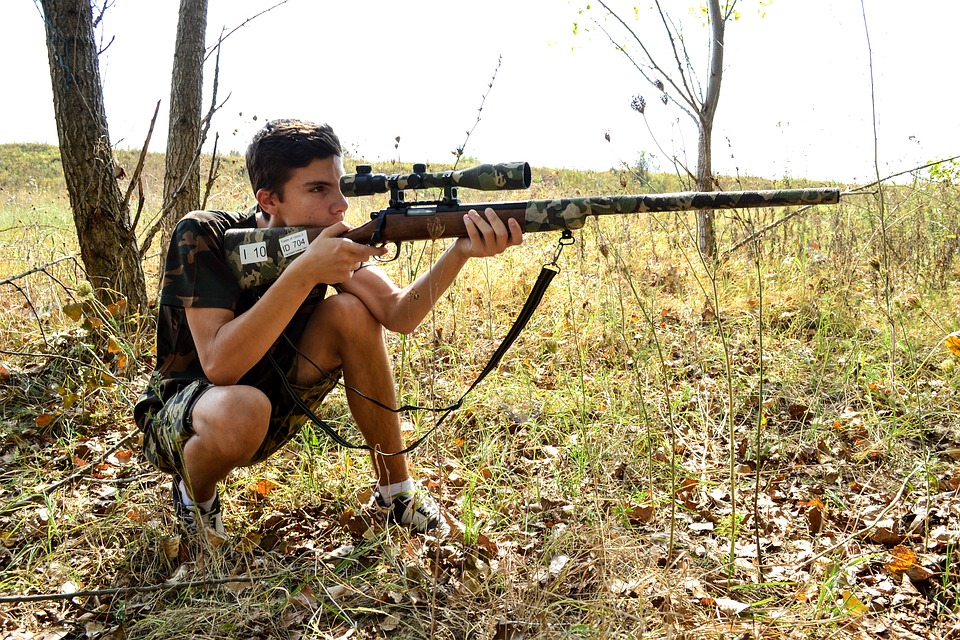

The quality of a sniper does not depend on the weapon he carries, the number of hours he spent on the stand shooting or the number of targets he can reach. Ultimately, what is essential is to succeed the shot before you move to a new position, discreetly.
Let me present to you some tips collected from a confirmed sniper that will not only improve how you react in a shooting position but also broaden your approach to firearms, ballistics and military procedures which may be useful in order to survive. Here are 12 advices from an elite sniper to help you with that:


- If you are alone with no one to help you to identify your targets and to monitor the combat zone, never pull twice from the same position. You may reveal your spot to your enemies with the noise and the trajectory of your bullets.
- Wet or cover the ground in front of the place where you put your gun to shoot. This will prevent you from raising a cloud of dust by your shot and getting easily spotted by your enemies. You can also cover the floor with branches or leaves, but it’s less effective. Don’t forget to clean your tracks when leaving your location to avoid being followed.
- Keep your ammo at room temperature. This will ensure a maximum speed to your projectiles. Avoid a cold cartridge in a hot barrel: this may alter the components of the cartridge and make it respond badly to the percussion. Remember that cold air is denser than warm air and will slow down your balls for long distance shots.
- Leave your shooting position as you found it on your arrival. This will prevent your enemies from discovering your path. Take with you all your tools and all your waste. Be careful not to damage the surrounding vegetation. If you are on dirt, feel free to sweep it with branches to cover your tracks.
- Knowing the area, placing yourself in position and taking cover without being detected is 80% of the job. So, pay attention to all the details that could betray your position at the time of the shooting, like animals near you that may move for example. Always assume that the enemy will notice every detail.
- Your eyes aren’t everything. A sniper must be in a perfect physical condition. If you are not able to move very quickly and nimbly in steep places, you’ll be spotted, or you’ll not reach the most advantageous position. Exercise regularly to have cardio that holds up.
- Learn to judge distances, the direction, and speed of wind without any sophisticated equipment. Thus, the day your hardware (laser or anemometer bezel) fail at doing it, you will still be able to estimate these natural parameters correctly.
- The best shooting position is not necessarily the one that has the best view on the combat zone. Don’t forget that in the most critical survival situations you need to be able to leave your firing position quickly and without being detected.
- Learn to make yourself a good camouflage combination. The camouflage is vital for a sniper, being both discreet and mobile is a very big advantage. A properly made camouflage outfit can also mislead the scent for dogs.
- If you pull from a building, hold yourself a little back from the window or from the ledge where you shoot. This will once more prevent dust or debris from flying when firing. This will also prevent your enemies from seeing the end of your barrel or the reflections on your weapon.
- If you have been compromised, you have to be prepared mentally to maximize your chances of survival. Don’t panic and find a thought that delights you and helps you in the most difficult situations, you need to calm down to find the best solution to your situation.
- Stop, look, listen and feel (SLLS: Stop Look Listen Smell). This army technique lets you focus correctly in a stressful situation. If you feel like your attention is escaping, stop what you’re doing, look around you, listen and feel your environment. Do this as long as necessary and you will be much better.
These were some basic advices from an elite sniper that you will need to remember if you find yourself in a combat situation. Every approach must be prepared in advance and the possible outcomes have to be studied.
Recent Posts
How To Get Rid Of Coyotes On Your Land
Learn how to manage coyotes on your land with prevention strategies, humane deterrence techniques, and…
Prepping on a Budget
Discover budget-friendly prepping strategies focusing on essentials, cost-effective food storage, and affordable gear to prepare…
Ways To Prepare For Economic Collapse | 7 Things You Should Do
Learn essential steps to prepare for economic collapse, from building an emergency fund to developing…
How to prepare for long-term power outage
Discover essential supplies, communication tips, and safety strategies to confidently handle long-term power outages and…
How to prepare tomatoes for freezing
Discover the steps for freezing tomatoes to maintain flavor, extend shelf life, and reduce waste.…
20 Home Remedies For Toothache Pain Relief
Discover effective home remedies for toothache relief, their benefits, safety considerations, and when professional care…



